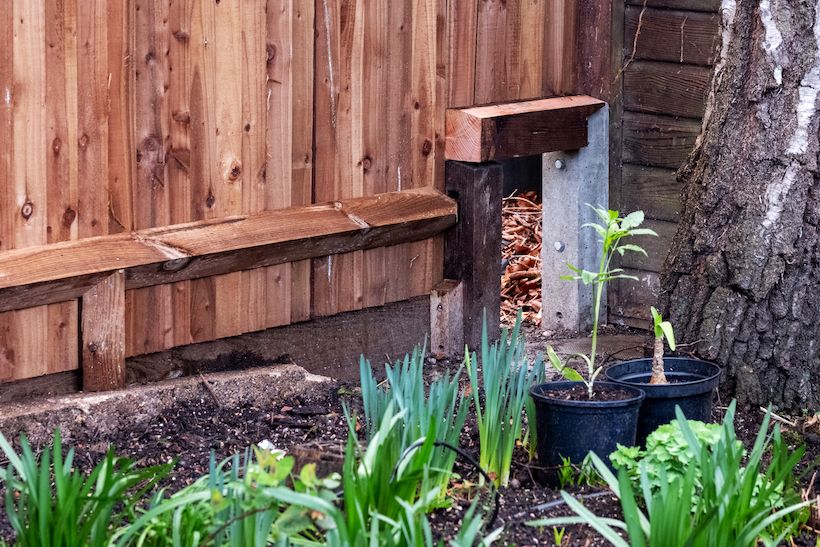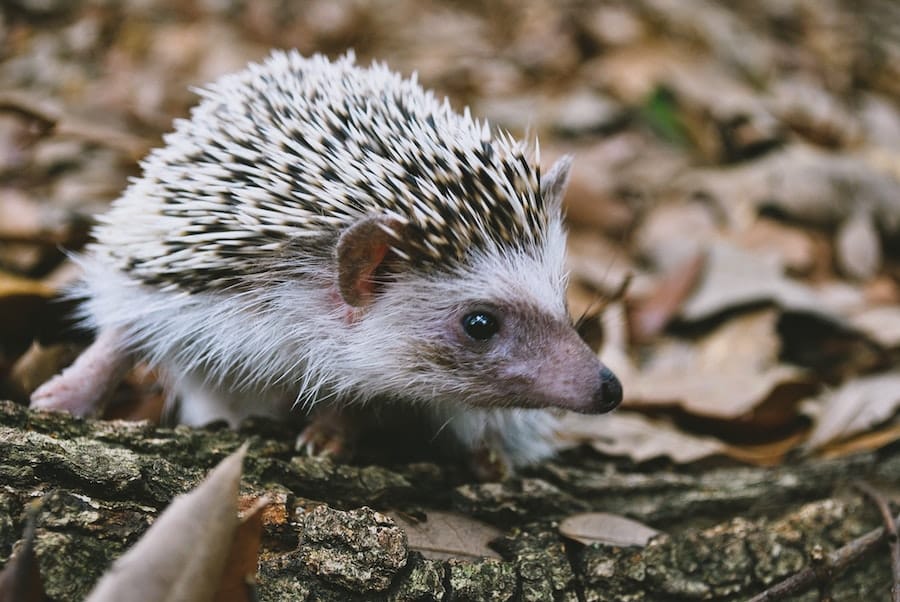We explore the innovative routes and projects designed to protect wildlife from around the globe
Life might be a journey, but for wildlife around the world it’s become a far more dangerous one, with the evolution of human travel encroaching across the landscape. From five-lane motorways in the UK, to interstate highways in the US, cross-country rail services, and high-speed rural lanes, it’s animals who are paying the price for our convenience.
In America alone, the US Department of Transportation estimates that more than 1 million animals die on the roads, while in the UK, motor insurer Zurich analysed claims to suggest that a rise in staycations following the pandemic has caused a 54% increase in wildlife fatalities on our roads.
It’s an incredibly sorry state of affairs, but there are innovative projects spanning the globe to help provide safe passage, many of which have been tailored to specific animals’ needs. Here are just a few of the inspiring ideas being implemented to help restore routes of respite for animals all over the world.
Hedgehog highways through the UK
While the exact number of UK hedgehogs is undetermined, 2018 estimates put the figure in the region of 879,000, and in 2020 they were added to the International Union for Conservation of Nature Red List, signifying they are vulnerable to extinction. A simple way of helping them get around is via ‘hedgehog highways’; a network of holes through fences and hedges. With the average hog travelling 2km a night, providing easy access routes allows them to find food and mates while staying out of harm’s way – and it’s something we can easily support at home.

Elephant underpassesin Bhutan
Asian elephants are a threatened species, so Bhutan (which is also a carbon negative country) created underpasses for the estimated 700 that roam there. With a 183km motorway spanning the country, the various underpasses (oversized archways large enough for the elephants to pass, as well as streams to flow through) enable the majestic creatures to safely travel from A to B, and help to avoid habitat degradation.
Bee bus stops in Scotland
Encouraging biodiversity, Scotland is following in the footsteps of towns like Leicester and Bristol by creating ‘bus bee stops’, which feature greenery and plant life on roofs to support pollinators, and help absorb pollution. These ‘living roofs’ create sanctuaries of nature in urban areas, looking to address dwindling numbers of insects in Britain – with the Wildlife Trusts reporting numbers have dropped 50% since 1970.
Reindeer viaducts in Sweden
Known as ‘renoducts’, in 2021 Sweden started building crossings for the country’s estimated 260,000 reindeer, to allow them to travel to grazing spots safely. Since then, the nation has gone on to build a dozen renoducts, over roads and railways, enabling the Sami (indigenous people with permission to herd the animals) to move their herds to new pastures.
The ‘tunnel of love’ in Australia
With the aim of protecting the critically endangered pygmy possums that live along the Great Alpine Road in south-east Australia, conservationists built a 15-metre tunnel. Noting genetic differences between the possums on either side of the road, the hope is the tunnel will strengthen survival chances by encouraging the groups to mix, as well as opening up food sources and escape routes from fires.
The green overpass in LA
Known as the ‘world’s largest wildlife bridge’, a 165ft wide overpass is being built across the 10-lane, Highway 101 near Los Angeles to support safe travel for wildlife, including lizards, snakes, and mountain lions. Costing $87 million, the project, due to complete in 2025, looks to address the issue of big cats being killed on freeways around LA, by providing the lions with a crucial corridor between parts of the Santa Monica mountains.
Sloth crossings in Costa Rica
For the notoriously slow-moving sloth, navigating man-made areas is particularly perilous. But supporting their survival, the Sloth Conversation Foundation has been installing rope bridges, which cost roughly $200 each, ensuring that the rainforest remains easily connected for the creatures. The dedicated bridges mean sloths, along with other wildlife, like monkeys, can take their time climbing through the canopy, safely above roads and away from power lines. You can donate towards building the sloth crossings, or even specifically sponsor one of your own, by visiting slothconservation.org.
. For your own safety, don’t approach wild animals. In the UK, if you see an injured deer, fox, or badger, contact the RSPCA (0300 1234 999).
. If you see a live animal near an ‘A’ road in England or Wales, and are concerned for its safety, contact Highways England (0300 123 5000) or Traffic Wales (0845 602 6020).
. For healthy stray animals on minor roads, inform the police on 101.


Comments